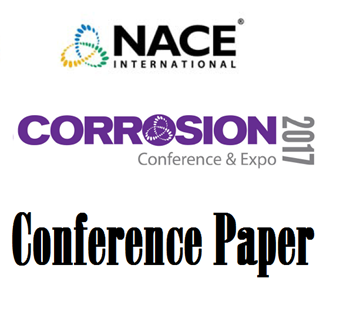Search
11200 Corrosion Acceptance Testing of Weld Metals for Nuclear Service
Also Purchased
Methods of Monitoring Reinforced Concrete Corrosion in Formulations for Nuclear Facilities
Product Number:
51317--9154-SG
ISBN:
9154 2017 CP
Publication Date:
2017
$20.00
00190 CRITICAL PARAMETERS OF ENVIRONMENTALLY ASSISTED CRACKING IN NUCLEAR SYSTEMS
Product Number:
51300-00190-SG
ISBN:
00190 2000 CP
$20.00
08RTS08 MIC of Nuclear Waste Containers
Product Number:
51300-08RTS08-SG
ISBN:
08RTS08 2008 CP
Publication Date:
2008
$20.00




